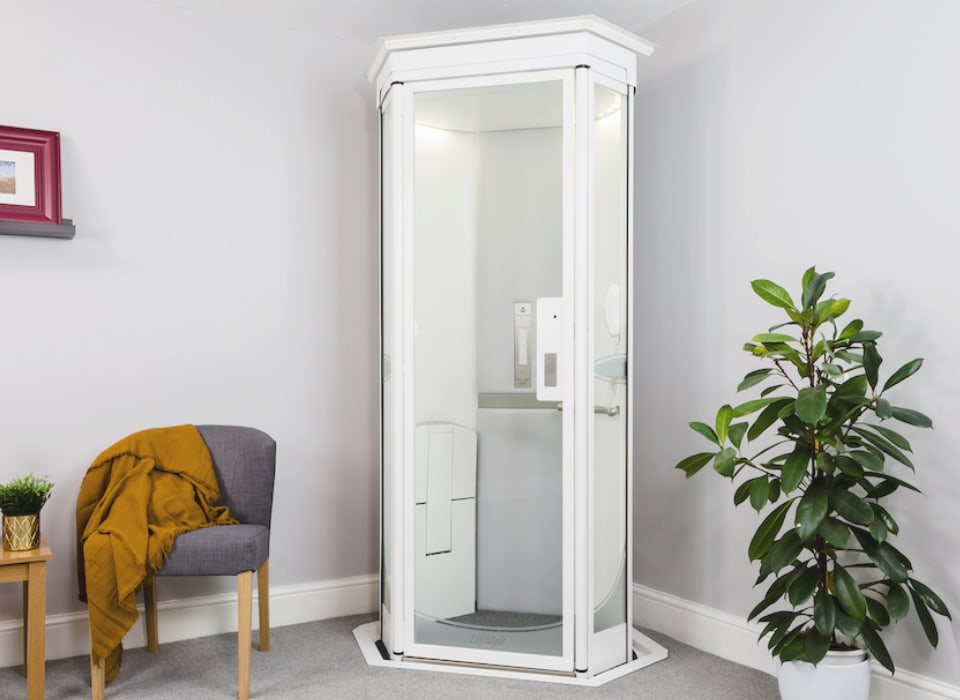We Maintain Lifts with Accuracy: Ensuring Safety And Security and Performance
Wiki Article
Diving Into the Globe of Elevators: Usual Concerns Encountered by Numerous Lift Devices
As we navigate through the vertical transport systems of contemporary structures, lifts stick out as an essential component of our day-to-days live. Nonetheless, behind their seamless procedure lies a globe of complex mechanisms that can occasionally come across challenges. From hydraulic lifts to grip systems and machine-room-less designs, each lift kind includes its set of usual concerns. Comprehending these difficulties is important for guaranteeing the smooth performance of these important systems. Let's discover the complexities that underlie the procedure of elevators and the potential problems that can develop, shedding light on the complex web of lift devices.Hydraulic Elevators
Hydraulic lifts, often liked for low-rise structures, utilize fluid pressure to manage the activity of the lift vehicle (lift repair companies). This system includes a hydraulic pump pressing oil right into a cyndrical tube, creating the lift to move in the wanted direction. While hydraulic lifts are known for their smooth and quiet operation, they do include their own set of typical problemsOne common trouble with hydraulic lifts is oil leak. Additionally, problems with the control system, such as damaged valves or a malfunctioning pump, can cause interruptions in the lift's motion.
Routine upkeep and timely repair work are vital to guarantee the smooth functioning of hydraulic elevators. By dealing with these common issues proactively, structure proprietors can reduce downtime and guarantee the safety and efficiency of their upright transportation system.
Traction Lifts
When taking into consideration vertical transportation systems in buildings, an additional usual type aside from hydraulic elevators is the traction elevator. Traction lifts run utilizing a system of ropes and counterweights that move the lift car by gripping onto the hoist ropes. This device permits smoother and much faster upright transport contrasted to hydraulic systems.Among the common problems dealt with by grip elevators is rope wear. The continuous movement of the ropes within the traction system can lead to tear and wear with time, potentially triggering the elevator to breakdown or become risky for usage. Routine inspections and upkeep of the ropes are vital to make certain the elevator's appropriate performance and safety.
An additional issue that traction lifts might encounter is associated with the control system. Troubles with the control system can result in problems such as erratic motion, hold-ups in response times, and even full shutdowns. Routine screening and maintenance of the control system are crucial to protect against such problems and ensure the lift's dependability.
Machine-Room-Less (MRL) Elevators

Among the key parts of MRL elevators is the portable gearless grip machine that is installed within the hoistway. This equipment successfully drives the elevator automobile without the need for bulky tools discovered in conventional grip lifts. Additionally, MRL elevators normally use a counterweight system to stabilize the vehicle, further enhancing their energy efficiency.
Regardless of their advantages, MRL elevators might encounter obstacles associated to repair and maintenance as a result of the constrained space for equipment setup. Accessibility for servicing components within the shaft can be limited, requiring specialized training for technicians. Correct maintenance timetables and routine evaluations are crucial to make sure the ongoing smooth procedure of MRL lifts.
Overloading and Weight Restriction Issues
Straining and weight limitation issues are crucial concerns in elevator operations. Lift makers layout raises with certain weight capabilities to guarantee traveler safety and security and tools website link longevity.When elevators are overwhelmed, it places extreme pressure on the electric motor, cords, and various other elements, potentially triggering malfunctions or break downs. Safety and security mechanisms such as sensors and overload sensing units remain in location to protect against elevators from moving if they detect excess weight. Furthermore, surpassing weight restrictions can cause enhanced energy usage and deterioration on the lift system.
To mitigate overwhelming issues, constructing managers must plainly display weight limitations in lifts and inform passengers on the significance of adhering to these restrictions - lift repair companies. Routine maintenance checks by qualified service technicians can likewise help ensure that lifts are operating within safe weight specifications. By resolving overloading and weight limit problems proactively, building proprietors can boost lift safety and effectiveness
Electrical System Failures
Exceeding weight limits in lifts can not only bring about mechanical concerns however also possibly add to electrical system failures within the lift infrastructure. Electrical system failings are an essential worry in lift procedure, as they can create unanticipated closures, breakdowns, or perhaps security dangers. One typical electric issue is the overheating of parts because of too much present circulation created by overloading the elevator beyond its capability. This can lead to harm to the motor, electrical wiring, or control systems, causing pricey repair work and downtime.Moreover, power rises or variations in the electric supply can likewise interrupt the elevator's operation, affecting its performance and security. These electric disruptions can damage delicate lift parts such as control board, circuit card, or sensors, causing system failures. Regular upkeep and assessments are important to recognize and resolve prospective electrical concerns quickly, ensuring the efficient and secure procedure of elevator systems. By sticking to weight limits and performing routine electric system checks, building proprietors can alleviate the danger of electrical failings in lifts.
Verdict

Hydraulic elevators, usually chosen for low-rise structures, use fluid stress to regulate the motion of the lift automobile.When considering vertical transport systems in buildings, another usual type aside click this site from hydraulic lifts is the traction lift. Traction lifts operate making use of a system of ropes and counterweights that move the lift automobile by clutching onto the hoist ropes. Unlike conventional elevators that call for a different device area to house the tools, MRL elevators integrate many of the components within the shaft, getting rid of the demand for a devoted device room.In verdict, elevators face usual problems such as hydraulic malfunctions, grip system failures, and electrical system issues.
Report this wiki page